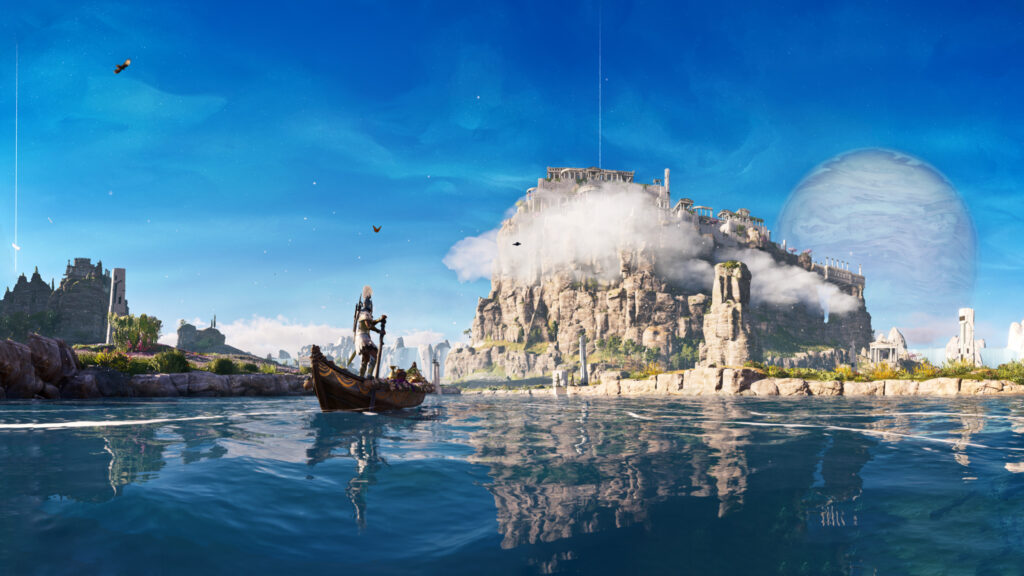
Ubisoft has revealed significant challenges in the development of *Assassin’s Creed Odyssey*, particularly due to the lack of tall structures in Ancient Greece. According to Ban Hall, the world director of *Assassin’s Creed Odyssey*, the gameplay heavily relies on “verticality,” a key element that allows players to climb and explore expansive environments.
In a recent interview with *Edge Magazine*, Hall explained that the game’s design philosophy has always emphasized the thrill of scaling high buildings and enjoying panoramic views. The challenge with Ancient Greece, he noted, is that the region is not known for its skyscrapers. “It really is a climbing-frame game,” Hall stated. “It’s about moving the players through those spaces and going up and down things as much as anything else.”
When developing titles like *Assassin’s Creed Syndicate*, set in 19th-century London, Ubisoft had a wealth of towering architecture to work with. Hall mentioned that during the development of *Syndicate*, the team dedicated considerable time to creating pathways that encouraged players to explore these monumental structures. “How do you attract the players who want to spend their time elsewhere to climb this particular monument you need them to climb?” he asked.
In contrast, the buildings in Ancient Greece, while architecturally significant, do not reach great heights. For instance, the iconic Parthenon stands at only 14 meters tall, which presents a challenge for the game’s signature acrobatic gameplay. The tallest structure from that era, the Colossus of Rhodes, one of the Seven Wonders of the Ancient World, also falls short of providing the necessary elevation for the game’s mechanics.
To address this limitation, the *Odyssey* team decided to incorporate larger-than-life statues inspired by historical and mythological figures. Hall explained that this approach allowed the team to create epic climbing opportunities while still maintaining a connection to the historical context. “They were always based on mythological or historical fact, always based on working with the research team, working with a historian,” he said.
By integrating these fantastical elements into the game, Ubisoft aimed to enhance the player’s experience. As players navigate the world on their quests, they are drawn to these statues, providing additional opportunities for climbing and exploration. “It gave the player a distraction,” Hall noted, highlighting how these features create spontaneous moments of adventure.
This innovative approach demonstrates Ubisoft’s commitment to balancing historical accuracy with engaging gameplay mechanics. As the gaming industry continues to evolve, the challenges faced in creating immersive environments will remain a focal point for developers seeking to captivate their audiences.







